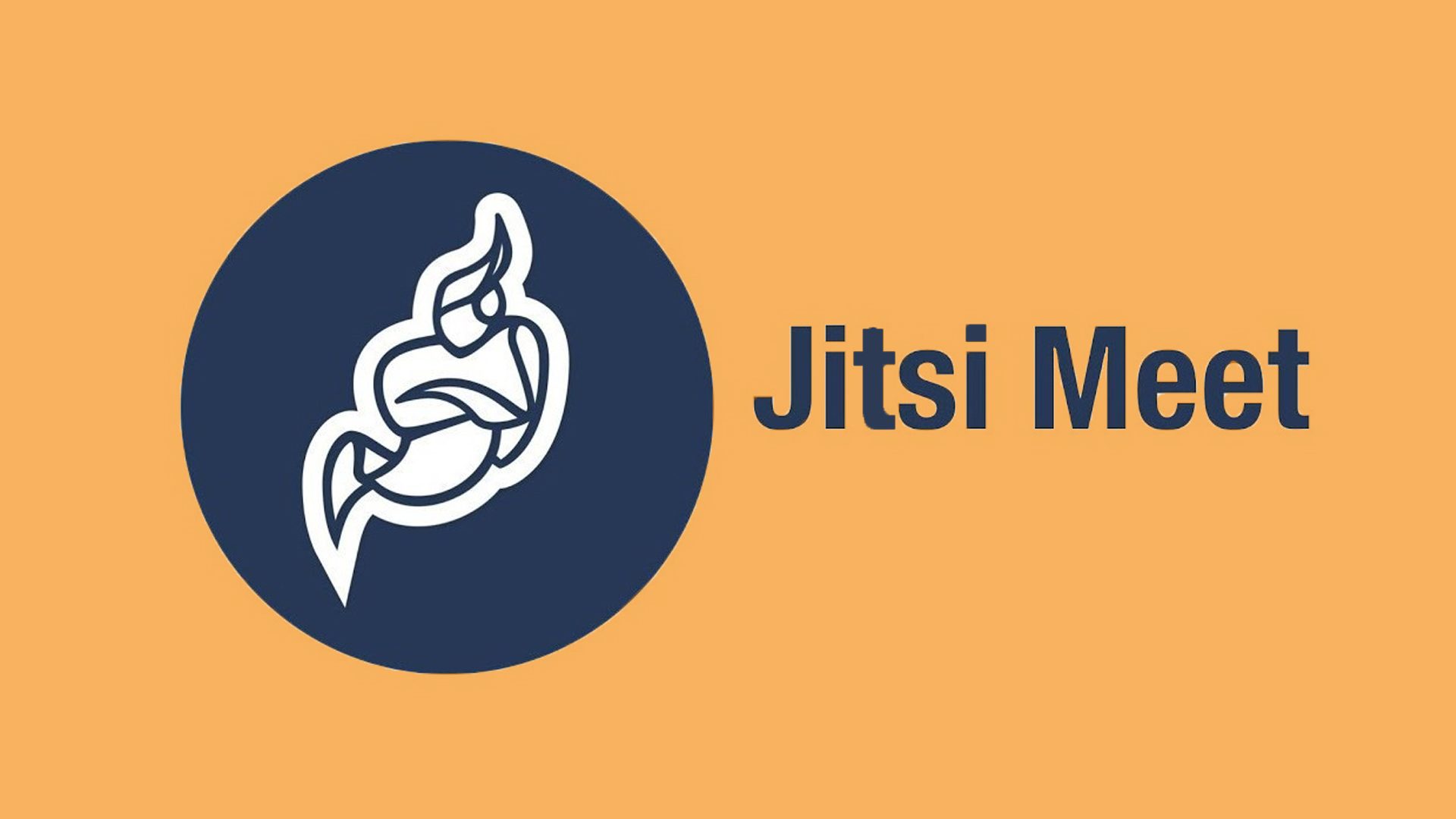

What I can see in spinner CurrencyDatabaseModel(currency=USD)ĭata class = "currency_name") val currency: StringĭAO CurrencyDAO = OnConflictStrategy. GitHub - jitsi/jitsi-meet: Jitsi Meet - Secure, Simple and Scalable Video Conferences that you use as a standalone app or embed in your web application. How I can just add the data I want, instead of this weird schema? Replace the value of. to whatever you chose as domain on (e.g.: mydomain.tld or 've tried to follow along some room tutorial, and wanted to display data from the database in spinner, but I've got some strange output.Replace the value of. to whatever you got for JVB_SECRET on.It has generated its own default values that are okay. STUN_MAPPING_HARVESTER_ADDRESSES=meet -jit -si : -4ae4 -4d98 -aa94 -b1a8a0c68791ĭo not copy this block to the server. Next we have to change the file sip-communicator.properties You only need to select the Blur my Background option from the setting menuthree vertical dotson the bottom-right corner of your screen. Replace the value of JVB_SECRET to whatever you got for JVB_SECRET on The app also lets you automatically blur your background if you don’t want the other participants to see the room you are in during the call. JAVA_SYS_PROPS=" -Dconfig.file=/etc/jitsi/videobridge/jvb.conf .SC_HOME_DIR_LOCATION=/etc/jitsi .SC_HOME_DIR_NAME=videobridge .SC_LOG_DIR_LOCATION=/var/log/ >ĭo not copy this block to the server. # adds java system props that are passed to jvb (default are for home and logging config file) # extra options to pass to the JVB daemon

# sets the shared secret used to authenticate to the XMPP server # sets the port of the XMPP server (default: 5275) # sets the hostname of the XMPP server (default: domain if set, localhost otherwise) # Jitsi Videobridge settings # sets the XMPP domain (default: none) You may also set rDNS for the IPs through the Cloud Console. Not required but nice: Create A records for the jvb servers. You may also create a CNAME record for the domain pointing to mydomain.tld. Wichtiger ist allerdings das Feld Server URL. Über das Sandwichsymbol gelangt ihr in die Einstellungen: In den Einstellungen könnt ihr einen Anzeigenamen festlegen, der den anderen Teilnehmern in Konferenzen angezeigt wird. If you wish to run it under a third-level domain like then replace occurrences of mydomain.tld throughout this guide with your desired domain.Ĭreate an A Record (either at root level or for e.g.: meet) pointing to the IP of . Startet zunächst die Jitsi-Meet-App auf eurem Smartphone. This tutorial assumes you will run your Jitsi server under mydomain.tld. This updates the server's packages through apt, and the runcmd: part also adds the offical jitsi source to apt, so we don't have to later on 👍. echo 'deb stable/' | sudo tee /etc/apt//jitsi-stable.list > /dev/null curl | sudo sh -c 'gpg -dearmor > /usr/share/keyrings/jitsi-keyring.gpg' Provision three servers with the following configuration:

Whether you provision the servers through hcloud-cli or the web UI, use the user data (cloud-config) from below. This is quite neat and saves us a lot of work. Basically it provisions a server based on a config file. Hetzner utilizes something called cloud-init. Import the SSH key to your project (Windows %userprofile%.ssh\id_rsa.pub) Step 2 - Setup servers / DNS
#Jitsi meet background image windows 10
On up-to-date Windows 10 versions ssh-keygen is available within PowerShell, SSH itself too) SSH keys (optional, but really recommended)
#Jitsi meet background image how to
You learn how to easily increase the number of JVBs to push this limit even further, however the scaling of Jicofo and Prosody is not within the scope of this tutorial, but should be non-problematic for around 1.000 users. This tutorial will create a Jitsi environment capable of hosting up to 200 clients simultaneously. Hetzner Cloud servers allow for great flexibility and scale fast with the own demand. The JVBs can be scaled horizontally, meaning hosting multiple JVBs on different servers. Bandwidth / throughput capacity can also be a limiting factor if a lot of attendees stream their video. Unlike the XMPP or Web components this is quite resource hungry, so 4 CPU cores and 8GB RAM is recommended. Jitsi Meet utilizes the so called Jitsi Videobridge (jvb) to transcode / route / apply black magic to video streams sent to individual meeting participants.


 0 kommentar(er)
0 kommentar(er)
